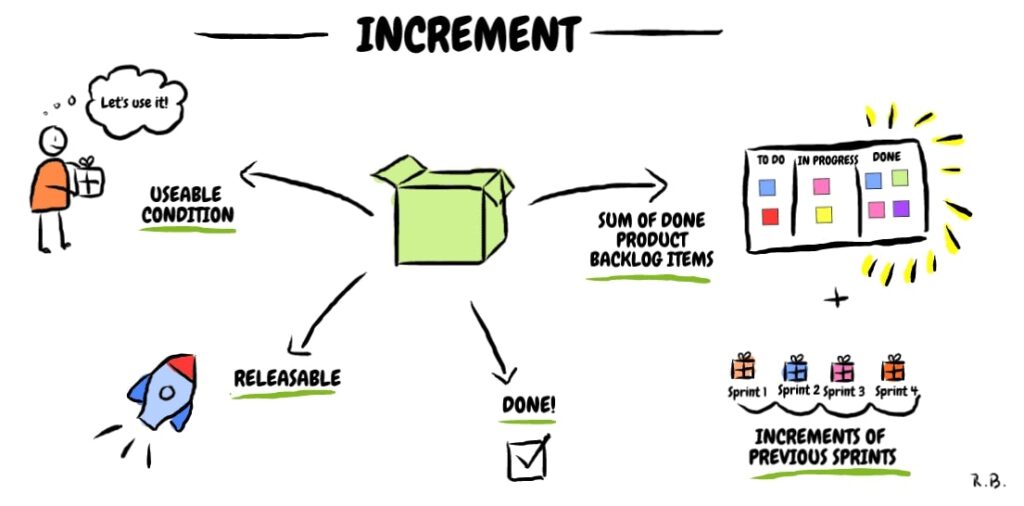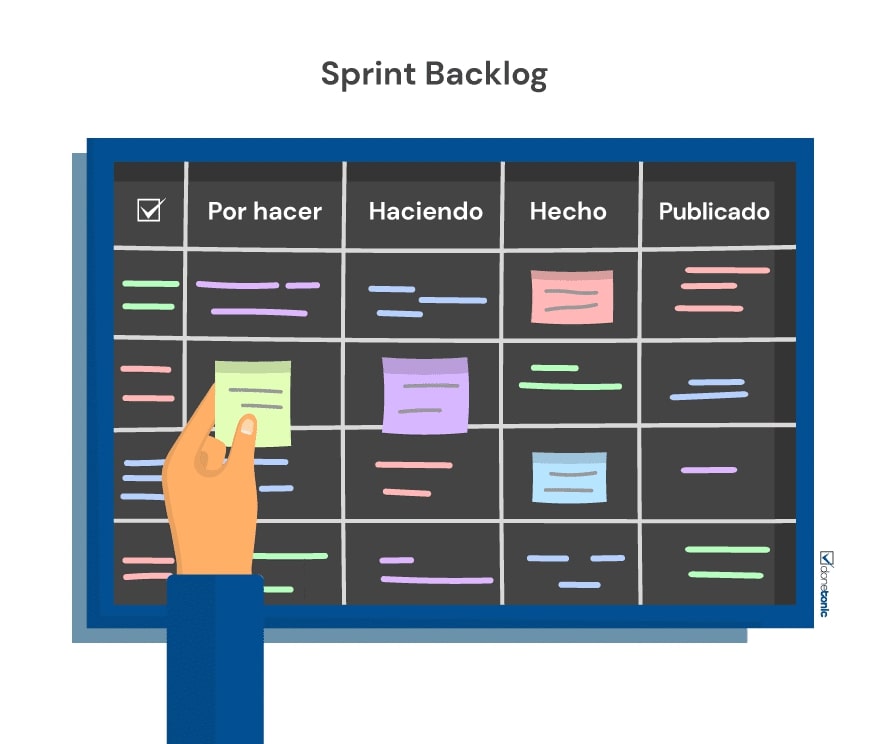Not sure how to use distributed Scrum to manage a remote team?
In recent years, remote work has become more and more prevalent in all facets of work life.
While the recent COVID-19 pandemic caused a significant part of this shift, many businesses have concluded that remote work is here to stay.
The benefits are endless. Businesses save substantial money by not paying rent or leasing office space. What’s more, employees no longer have to spend time in traffic driving to and from work.
But on the other hand, remote team members must also overcome the challenge of working away from one another in spaces where they never see their coworkers in person. This puts a serious damper on their workflow and productivity.
With a few simple tweaks, it’s possible for Agile teams to band together with their team members located abroad and overcome these challenges.
Below, we review simple tips and tricks for managing a remote working virtual team without losing sight of the values and principles of Agile methodology.
The Three Biggest Challenges for Distributed Scrum Teams
While there are many benefits to remote work, it’s the challenges that we’re here to help your distributed scrum team overcome.
Strained Communication
Due to the distance between them, one of the most profound challenges that distributed teams must overcome is impaired communication.
Since remote work prevents team members from conducting informal chats around the office, it’s imperative that distributed teams put forth the necessary effort to maintain adequate levels of communication between them.
When distributed Scrum team members communicate, they must understand the current state of their project and what they must be working on at any given moment.

Teams must use Zoom, Jira, Trello, and other project management tools to ensure that nobody feels left out of the conversation.
Just make sure to keep in mind that some distributed teams have team members located across multiple time zones.
In this case, teams must adapt traditional Scrum ceremonies and meetings to ensure other team members understand the current situation.
Working Alone
Because a remote Scrum team works apart, it’s common for some individuals to feel alone or develop feelings of isolation. And while this is a prevalent situation among remote teams, it’s not the end of the world.
By understanding that a distributed team faces less team unity, remote team members must make an effort to be inclusive of others and ensure that everyone feels like they’re a valued part of the Scrum team.
Remote team members miss the social interaction that they once had with their colleagues.
However, by using videoconferencing tools, it’s easy for a distributed team to band together and become a single collective working toward a common goal.
Cohesive Project Knowledge
Because of the lack of communication amongst a distributed Scrum team, project knowledge becomes scattered leading to a lack of performance.
This challenge becomes even more prominent when some remote team members work in different time zones than the rest.
Again, this reinforces the importance of effective communication. The distributed team’s Scrum Master must also make an effort to ensure that project knowledge is available for everyone involved.
Whether there are new changes to the product backlog or it’s time for a sprint review, the Scrum Master must ensure that the entire Scrum team knows how to proceed.

Credits: Let’s Scrum It
Conducting sprint retrospectives is another way to ensure that everyone on the Scrum team knows how things have progressed and the next move.
How to Build & Manage a Successful Remote Scrum Team
There are many challenges to working as a distributed Scrum team. However, thanks to today’s technology, many tools and resources are available to help distributed teams make the most of their time apart.
Let’s look at what to do to improve workflow within a remote Scrum team.
Work in Smaller Distributed Teams
While in-person teams often benefit from having more hands available to get work done, larger distributed teams often face challenges when collaborating and communicating.
This is even more important when distributed Scrum teams spread across multiple time zones.
Therefore, keeping distributed teams limited to smaller groups often improves communication, efficiency, and the project’s overall performance.
Leverage Video Conferencing Technology
With video conferencing or remote work tools like Zoom, Jira, and Trello, no reasons exist that prevent distributed teams from staying in touch or attending regular meetings, just like they if working together in person.
These tools are ideal for holding interactive sprint planning meetings, daily Scrums, iteration reviews, and retrospectives.
For those working across multiple time zones, plan your meetings and choose times where everyone is available.
If this is impossible, recording or sharing virtual meetings are great ways to ensure everyone is involved.
Staying in Touch
Because your remote team doesn’t see each other in person, it’s challenging to maintain that sense of camaraderie that you see with in-house teams.
There are no water cooler talks or chit-chat on your way out of the building at the end of the day. This illustrates the importance of staying in touch with your coworkers, which has many project-related benefits and prevents your teammates from feeling isolated or alone.
Email, texting, and social media are platforms that help teams to stay in touch with each other when working apart.
It’s also easy to schedule Zoom chats or conference calls to keep in touch and catch up on each other’s lives.
Just remember to do these things on your breaks or outside your office hours unless it’s work-related.
Daily Stand-Ups
Even when working apart, distributed Scrum teams must still conduct daily stand-up meetings to ensure everyone is on the same page.
A daily stand-up is a short meeting where team members brief each other on their progress throughout each sprint.
While a traditional Agile ceremony is held in a group while standing, using video conferencing tools, such as Zoom, helps distributed teams come together for daily briefings.
Maintaining the Product Backlog
Whether working in-person or remote, it’s essential to keep the product backlog updated.
However, when some team members work from different time zones, it’s also crucial that everyone knows when changes happen to the product backlog.

Credits: Done Tonic
The last thing you want is your developer in China working on a task when it’s already marked off as complete.
Take Responsibility
When working in person, it’s easy to rely on your boss, project manager, or colleagues to hold you accountable. But when it comes to remote work, each distributed team member must take responsibility for their actions.
This means showing up, attending daily meetings, briefing your coworkers on what you’ve been up to, and participating in the project as much as possible, no matter where you are.
Manage a Remote Team With Distributed Scrum Today
As you see, there are many challenges that a distributed team faces while working apart from each other.
However, Scrum teams must acknowledge that those team members are still part of the same team no matter where they work.
By using effective communication, preventing anyone from feeling isolated and alone, and leveraging all the remote work tools available, there’s no reason why a distributed team must struggle to maintain effective agile project management.